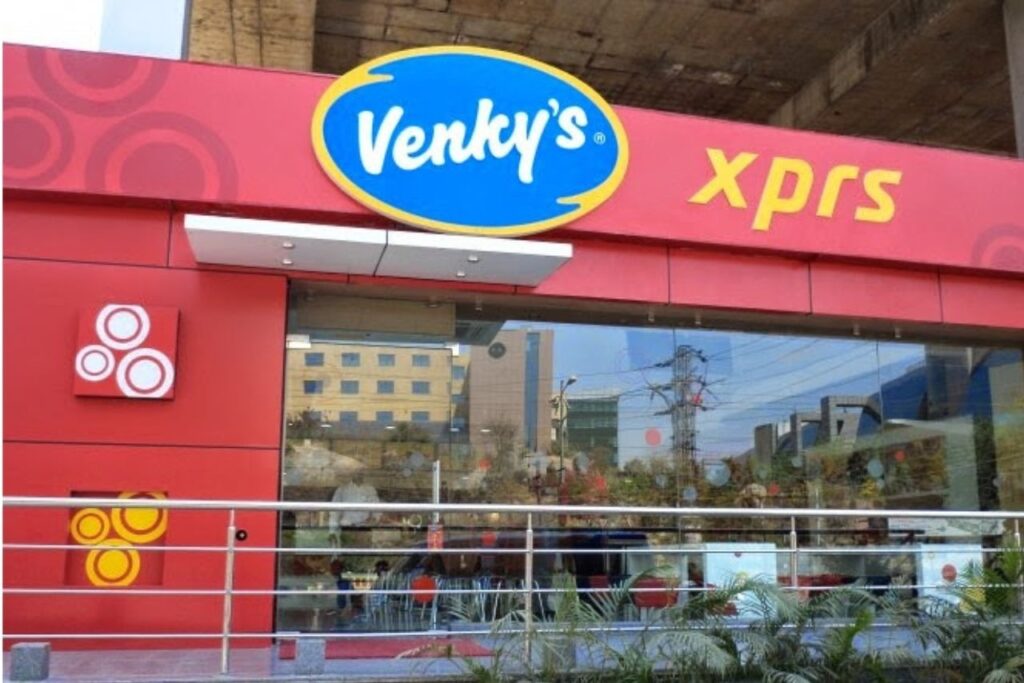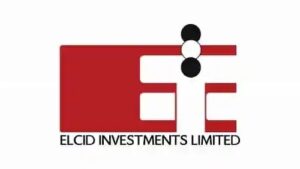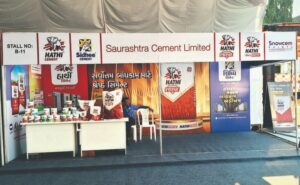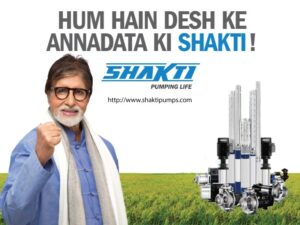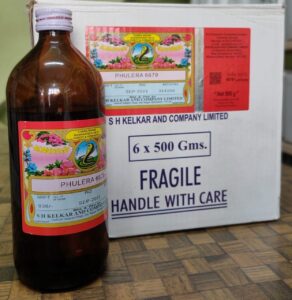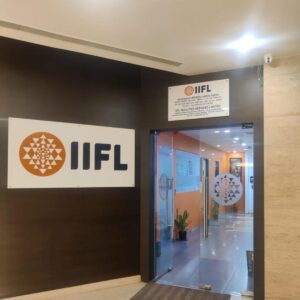1. At a Glance
Venky’s (India) Ltd, the poultry prince that once promised to make every Sunday “Chicken Day,” just reported a Q2 FY26 performance that feels more like “Fried Investors Day.” The company clocked₹801 crore in revenuebut ended with anet loss of ₹26.5 crore, a brutal -442% swing compared to last year’s ₹8 crore profit. Market cap currently pecks at₹1,962 crore, with the stock trading around₹1,392, down nearly20% in a year.
The stock’sP/E ratio of 85.4screams “premium,” but thereturn on equity (8.2%)whispers “thoda sambhal ke.” Withsales growth crawling at 0.28% in five yearsand aprofit crash of 79% YoY, Venky’s looks like it’s having more trouble than a chicken stuck in a vegan festival.
Operating margins are gasping at1.38%, and debt-to-equity remains low at0.13, proving the balance sheet’s fine—it’s the P&L that’s undercooked.
So, can Venky’s regain its former juicy flavour, or will it remain a dry, unseasoned bite in the FMCG buffet? Let’s cut it open, leg by leg.
2. Introduction – From Chicken Empire to Financial Broiler Farm
Once hailed as the monarch of the Indian poultry market,Venky’s (India) Ltd, a proud member of the VH Group, has been around long enough to serve both your childhood biryani and your midlife portfolio anxiety. The company, best known for its poultry breeding, processed chicken, and animal health products, has had a rollercoaster decade — sometimes spicy, sometimes burnt.
The Pune-based giant isn’t just a chicken farm; it’s a vertically integrated food and animal health ecosystem. From day-old chicks to ready-to-eat kebabs, from feed to pharmaceuticals — Venky’s does it all. They’ve even got a side hustle insoya processing, because why not mix tofu with tandoori?
Yet, despite being a household name (and a household smell), the company’s financial feathers look ruffled. Sales have plateaued, profits have plummeted, and market returns look like they came straight out of a bear’s kitchen. The brand’s glory days of strong demand from KFC, McDonald’s, and Pizza Hut now meet an era where vegan startups are funded faster than Venky’s can hatch a chick.
If FY24 was the “meh” year, FY25 and FY26 are turning out to be the “bhai, yeh kya ho raha hai?” years. Still, with a Rs.70 crore expansion in SPF eggs and a new ₹16 crore ready-to-cook spices line, the bird isn’t fully cooked yet.
3. Business Model – WTF Do They Even Do?
Venky’s business is like a thali – three major items, each fighting for the investor’s attention.
1️⃣ Poultry & Poultry Products– The core of the business, accounting for roughly35% of FY24 revenues. This includes breeding, hatching, and selling everything fromday-old chickstoSPF (Specific Pathogen-Free) eggs. SPF eggs are essential for vaccine manufacturing – a niche where Venky’s is one of Asia’s largest producers.
2️⃣ Animal Health Products (AHP)– Think of this as Venky’s pharmacy for chickens. They manufacture veterinary medicines, feed supplements, and have recently launched anew plant at Kesurdi, Satara, producing600 tonnes of powders and 300 kilolitres of liquids annually.
3️⃣ Oilseed Segment– This one processessoya, withthree plants in Maharashtrahaving a combined5.4 lakh MTPA capacity. Soya is not just feed for birds—it’s also a hedge against the volatility of poultry margins. But when both chickens and soy prices swing, the hedge becomes more of a hammock.
They also have a B2C angle—selling packaged, processed, and ready-to-eat meat products. The menu ranges fromraw cuts (drumsticks, wings, keema)tobreaded items (nuggets, popcorn)and evenfully cooked mealslikeButter ChickenandMom’s Chicken Biryani(a product line that ironically didn’t save their quarterly P&L).
Venky’s also supplies chicken to big QSRs likeKFC, Pizza Hut, Burger King, McDonald’s, and retail giants likeWalmartand
Star Bazaar. Essentially, if you’ve eaten chicken in India, you’ve probably eaten Venky’s—congratulations, you’re a stakeholder in spirit.
4. Financials Overview
| Metric (₹ Cr) | Latest Qtr (Sep’25) | YoY Qtr (Sep’24) | Prev Qtr (Jun’25) | YoY % | QoQ % |
|---|---|---|---|---|---|
| Revenue | 801 | 774 | 866 | +3.4% | -7.5% |
| EBITDA | -31 | 14 | 24 | -321% | -229% |
| PAT | -26.5 | 8 | 16 | -442% | -265% |
| EPS (₹) | -18.8 | 5.5 | 11.2 | -442% | -268% |
EBITDA margins fell off the cliff like an overfed rooster, and PAT followed with wings of despair.
Venky’s has turned quarterly profits into a “seasonal product” — available only during festive demand. Q2 FY26 was a loss-fest, showing that even though volumes held steady, input costs (especially feed and energy) singed the profits.
5. Valuation Discussion – Fair Value Range Only
Let’s keep this educational (and non-actionable, obviously):
Method 1 – P/E Approach
- Current EPS (TTM): ₹16.3
- Industry Average P/E: ~20
- Venky’s Current P/E: 85.4 (lol)
- Fair P/E Band: 18–25👉 Fair Value Range = ₹16.3 × (18–25) = ₹293 – ₹408
Method 2 – EV/EBITDA Approach
- EV/EBITDA currently = 21
- Sector average ~10–12
- EBITDA (TTM) = ₹92 Cr (approx.)👉 Adjusted EV fair = 92 × (10–12) = ₹920 – ₹1,100 CrWith debt ₹181 Cr and market cap ₹1,962 Cr → fair equity value ≈ ₹1,000 – ₹1,200 Cr → Fair value ₹700–₹850/share
Method 3 – DCF (Conservative)
- Assume FCF ₹30 Cr growing 8% for 5 years, 3% terminal
- Discount rate 12%
- Implied equity value = ₹1,100–₹1,250 Cr
🎯Overall Fair Value Range: ₹700 – ₹900 per share
⚠️Disclaimer:This range is for educational purposes only. It’s not investment advice. Please don’t mortgage your coop.
6. What’s Cooking – News, Triggers, Drama
- Q2 FY26 Results (7 Nov 2025):Revenue ₹811 Cr; PAT loss ₹26.5 Cr.
- H1 FY26 Summary:₹1,689 Cr revenue, ₹10.7 Cr loss.
- Expansion Alert:₹70 Cr investment in SPF egg capacity – targeting vaccine and biotech demand.
- New Launch:₹16 Cr line for ready-to-cookVenky’s Spicesby FY27.
- Volume Clarification (1 Nov 2025):Exchange asked about heavy trading volume; company replied, “kuch nahi, bas market
